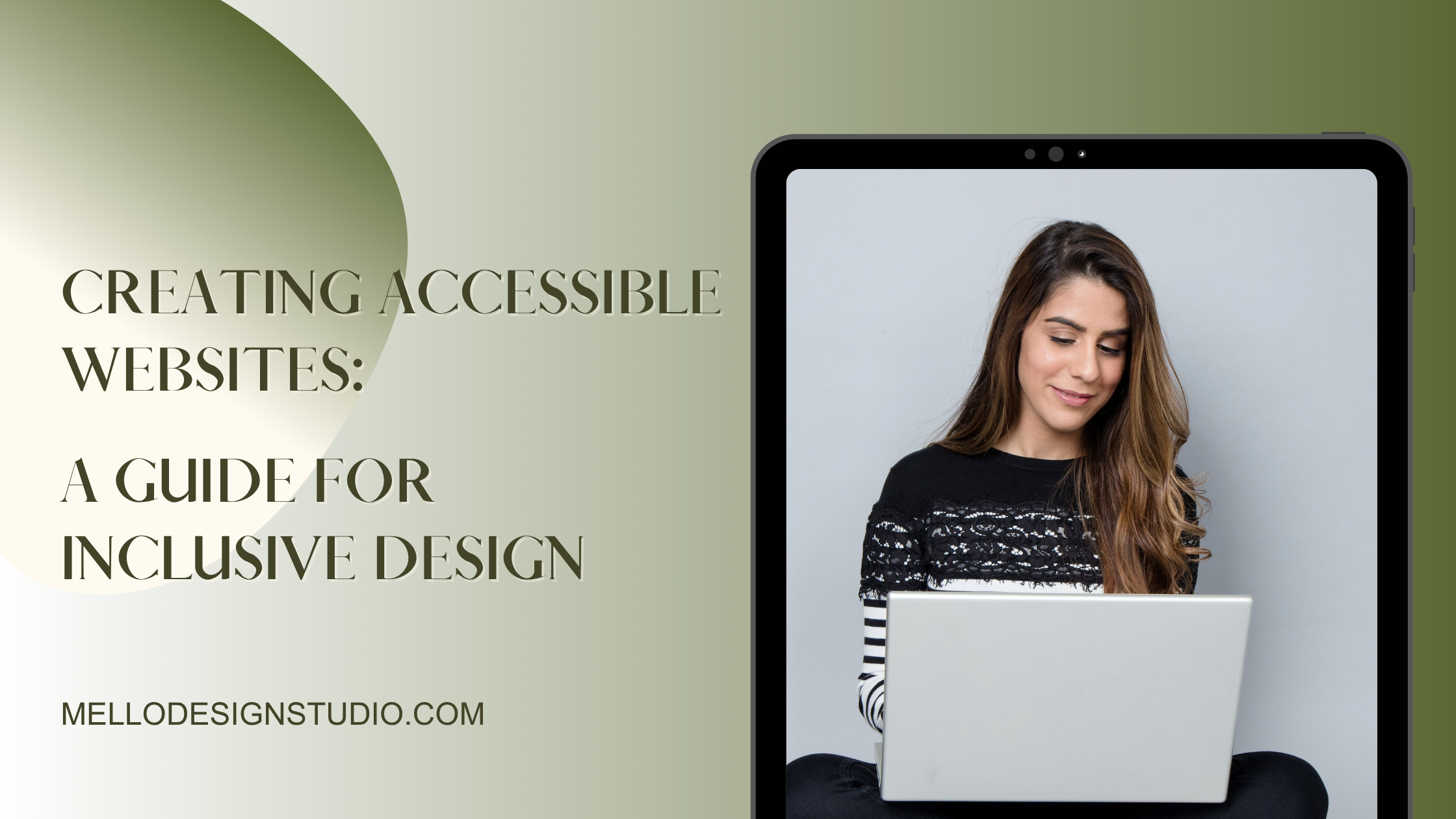Web accessibility is about more than compliance—it’s about creating inclusive experiences for everyone who lands on your website. Whether someone is using a screen reader, navigating by keyboard, or viewing your site with reduced vision, accessible design ensures no one is left out.
This guide breaks down why accessibility matters, how it helps your business, and what steps you can take to create a site that’s both inclusive and high-performing.
Why Accessibility Is Essential
Over 1.3 billion people worldwide live with a disability (WHO). Yet, according to WebAIM’s 2024 analysis of the top one million websites, only 4% are fully accessible.
That gap doesn’t just hurt users—it hurts businesses. Accessible websites improve:
- SEO rankings
- Conversion rates
- Brand trust
- Legal compliance under ADA and global standards
Accessibility isn’t just a checkbox. It’s a long-term investment in visibility, usability, and inclusion.
Accessibility and SEO Go Hand in Hand
Many accessibility best practices naturally support better search engine performance. For example:
- Alt text for images improves both screen reader access and image SEO
- Semantic HTML (like proper heading tags) enhances readability for both users and crawlers
- Keyboard-friendly navigation improves user experience and dwell time
- Faster load times, mobile responsiveness, and clean code boost Core Web Vitals
Companies that prioritize accessibility often see direct results. Walmart reported a 25% increase in online sales, and Capital One saw a surge in traffic after enhancing accessibility features.
Key Principles: WCAG Made Simple
To make your site accessible, follow the WCAG (Web Content Accessibility Guidelines), which are built around four core principles:
- Perceivable – Content must be presented in ways users can perceive (text alternatives for non-text content, captions for video, etc.)
- Operable – Navigation must be possible with a keyboard, and interfaces must not cause seizures
- Understandable – Clear language, predictable navigation, and helpful error messages
- Robust – Content should be compatible with current and future assistive technologies
You don’t need to implement everything at once. Start with the most impactful improvements and grow from there.

Practical Steps to Improve Accessibility
Here’s a checklist to start making your website more inclusive:
- ✅ Use semantic heading structure (H1 → H2 → H3)
- ✅ Add descriptive alt text to all images
- ✅ Ensure text and background colors meet contrast ratio standards
- ✅ Label all form fields and use error messages
- ✅ Allow full navigation by keyboard
- ✅ Use focus indicators (like outlines) so users know where they are
- ✅ Avoid relying on color alone to convey meaning
- ✅ Add captions and transcripts for all video or audio content
- ✅ Test with screen readers like NVDA or VoiceOver
- ✅ Run an audit using WAVE or Axe DevTools

Common Accessibility Mistakes
Even well-meaning designers often overlook:
- Missing or non-descriptive alt text
- Poor heading hierarchy (like jumping from H1 to H4)
- Inaccessible buttons or forms
- Lack of keyboard support
- Using pop-ups or elements that block screen readers
Fixing these issues improves usability for everyone—not just users with disabilities.
Tools to Help You Audit and Improve
Start with these trusted tools:
- WAVE Browser Extension – Highlights issues on any page
- Axe DevTools – Chrome extension for automated and manual checks
- NVDA Screen Reader – Free and open-source screen reader for Windows
- WebAIM Contrast Checker – Test text readability and color combinations
These tools help identify errors and provide guidance for fixing them.

Accessibility Is a Growth Strategy
For coaches, consultants, educators, and other service-based businesses, inclusive design can:
- Expand your reach
- Build trust with diverse audiences
- Increase client confidence in your professionalism
- Set you apart in a saturated online space
It’s not just about being inclusive. It’s about being seen—and chosen—by the right people.

Ready to Take Action?
Creating an accessible website might feel overwhelming at first, but you don’t have to do it all at once. Start small, prioritize the most visible changes, and keep improving over time.
Want a full breakdown of WCAG principles, SEO alignment, and real-life examples of how inclusive design leads to growth?
👉 Read the complete guide on our blog at Mello Design Studio
Let’s build a better web—together.

View comments
+ Leave a comment